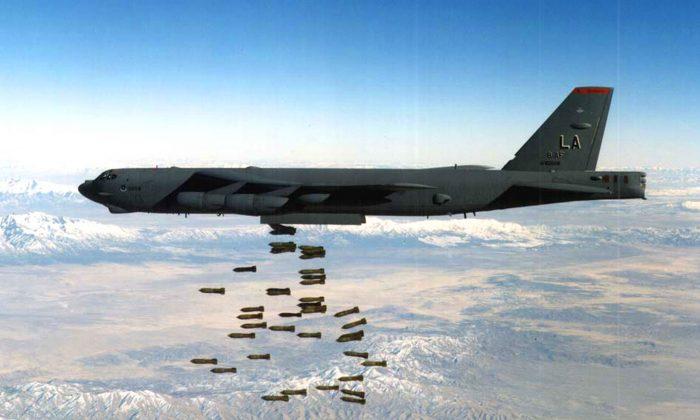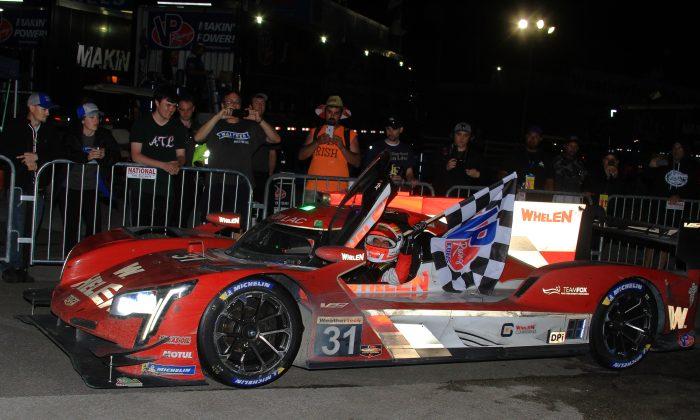Air Force B-52 Stratofortress bombers have delivered a record-setting load of ordnance on Taliban opium factories in Afghanistan, an Air Force general announced on Dec. 12.
Air Force Brig. Gen. Lance Bunch held a video teleconference from Kabul, Afghanistan, on Dec. 12 in which he discussed the success the United States has had with its new Afghanistan strategy, which includes attacking the Taliban’s drug labs.
“Since the beginning of this campaign, we have eliminated 25 narcotics processing labs from the Taliban inventory,” he continued.
“This equates to almost $80 million of drug money eliminated from the kingpins’ pockets while denying over $16 million of direct revenue to their Taliban partners. Keep in mind that this is the first time we have persistently used our airpower in this interdiction role,” he said

Bunch then mentioned almost in passing that a new version of the venerable B-52 bomber had been used for the first time.
B-52s from 69th Expeditionary Bomb Squadron flying out of the Al Udeid Air Base, Qatar, were used in the strike, Pickart reported.
He explained that these were the first B-52s fitted with what the Air Force calls the conventional rotary launcher (CRL). This device lets the aircraft to carry eight additional precision-guided munitions (PGM) in their internal weapon bays.
“This marks the first time the CRL has been used in a major operation,” Pickart concluded.

New Strategy for an Old War
After 16 years of stalemate, President Trump announced a new direction in Afghanistan on Aug. 21.The military’s new Afghanistan strategy is more active than reactive and focuses on cutting off the Taliban from funds.
“We targeted there to disrupt their revenue, to prevent their ability to reset or refit over the winter,” he stated.
“We will continue to target them and disrupt them wherever we find them,” he said.

Another emphasis is on arming and enabling the Afghan army and air force to take on more of the combat.
“We’re doubling the size of the Afghan special operations forces, we’re tripling the size of the Afghan air force, the two most lethal components and those units continue to conduct operations,” he said.
“Now we’re able to go after their weapons cache sites, their revenue generation, their C2 nodes. All the areas where they thought they were safe and they are no longer so. That is our new strategy going forward and it’s definitely been a game-changer and the Taliban is definitely feeling it,” he said.





